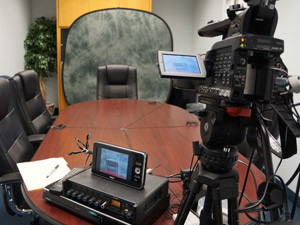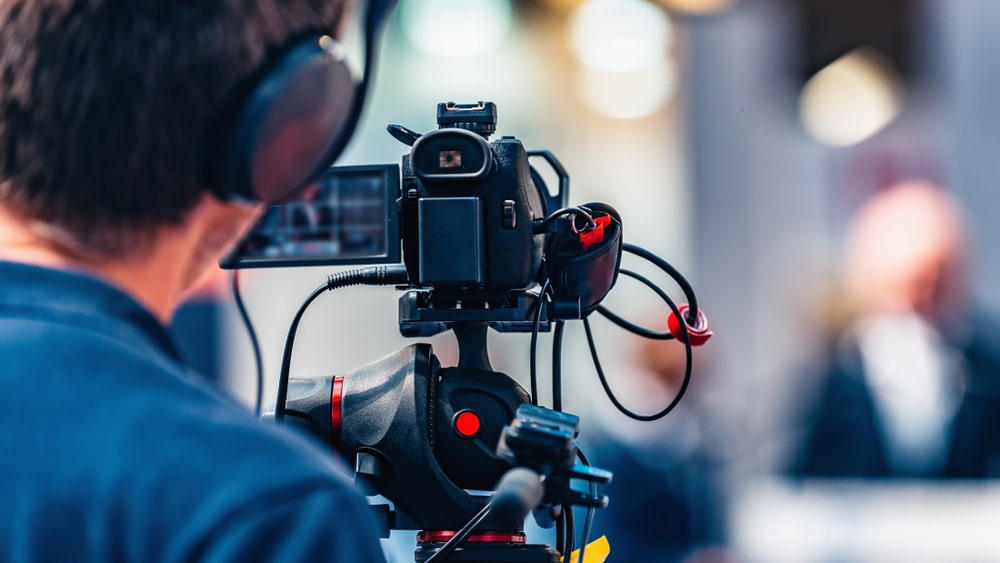Recognizing the Importance of Videography in Legal Process
The integration of videography into legal procedures has arised as a considerable aspect in the discussion and interpretation of proof. By capturing visual components such as body language and face expressions, videography enhances the narrative surrounding witness statements and can profoundly affect jury understandings.
Role of Videography in Proof
Videography plays a significantly essential function in lawful process, working as a powerful medium for offering proof. The integration of video clip recordings right into the legal structure permits an extra dynamic depiction of truths, making it possible for jurors and courts to visualize occasions as they took place. This aesthetic documentation can encompass a variety of materials, consisting of surveillance footage, tape-recorded witness testimonies, and professional demos, every one of which can significantly enhance the evidentiary landscape.
Among the main benefits of videography is its capability to catch subtleties that might be shed in composed accounts. Facial expressions, body movement, and situational context can supply crucial insights, helping to convey emotions and intents that text alone can not. Furthermore, making use of video evidence promotes a more engaging courtroom experience, possibly aiding jurors in recognizing intricate situations.
As technology developments, the high quality and ease of access of videographic proof have enhanced, making it an important component of contemporary lawful methods. Courts significantly recognize the value of video clip as a reputable source of information, motivating legal specialists to adjust their techniques for evidence presentation. Eventually, videography serves not only to highlight realities however additionally to enhance the overall stability of the judicial process.

Enhancing Integrity and Clearness
A considerable benefit of including videography in legal process is its capability to boost both integrity and clearness of proof presented in court. Videographic evidence can record subtleties that written files may ignore, such as tone, body movement, and context. This aesthetic representation enables judges and courts to much better comprehend the scenarios surrounding the case, therefore promoting a much more precise understanding of the events in question.

In addition, the quality managed by videography minimizes the likelihood of false impression that can arise from textual summaries. This precision is particularly critical in intricate cases, where information can be easily misconstrued. Eventually, by offering evidence in an aesthetically accessible style, videography not just strengthens the integrity of the judicial procedure but also supports enlightened decision-making by those associated with legal procedures.
Effect on Court Assumption
The inclusion of videographic proof dramatically affects jury perception, commonly resulting in more engaged and notified considerations. Jurors are usually extra responsive to visual info, which can boost their understanding of complex cases. Videography provides truths in a fashion that is both engaging and easily accessible, allowing jurors to connect with the proof on a more individual degree.
In addition, the capability to witness occasions as they took place can stimulate emotional reactions that composed records or spoken testimonies may stop working to generate. This psychological engagement can lead jurors to form more powerful opinions pertaining to the reliability of witnesses and the overall story of the situation. The visual representation of proof additionally aids in making clear uncertainties, making it less complicated for jurors to comprehend the context and significance of the details offered.
In addition, videography can offer as an effective device for narration, making it possible for lawyers to construct an influential narrative that reverberates with the jury. When jurors can picture situations and witness essential moments, their capacity to intentional thoughtfully and get to a knowledgeable decision is considerably boosted, inevitably affecting the result of legal procedures.
Ideal Practices for Legal Videography
Executing finest techniques in legal videography is essential for making certain that visual evidence is both effective and credible in the courtroom. Initially, select competent professionals that focus on lawful videography to ensure the technical high quality of the recordings. This consists of making use of high-resolution electronic cameras and professional sound devices to capture clear visuals and audio.
2nd, maintain correct documentation throughout the recording procedure. This entails producing a detailed log that consists of timestamps, descriptions of the material, and the identities of all individuals present. Such documentation can reinforce the authenticity of the video.

Furthermore, consider making use of suitable editing techniques. While it is important to preserve the original material, small modifications for clarity-- such as boosting audio levels-- can enhance the overall discussion without changing the substance.
Future Trends in Legal Videography
As lawful videography proceeds to evolve, arising technologies and techniques are shaping the pop over here future landscape of visual evidence in the court (Legal Videography). One considerable pattern is the integration of high-definition and 4K video clip quality, improving the quality and information of tape-recorded testaments and proof. This better resolution aids jurors in adequately reviewing the trustworthiness of witnesses and the subtleties of today materials
Additionally, using artificial intelligence (AI) in video clip analysis is acquiring grip. AI tools can assist in identifying key minutes in video footage, creating transcripts, and even examining non-verbal interaction, which offers deeper insights into witness credibility. Virtual reality (VR) and increased fact (AR) are poised to change just how proof is offered, enabling jurors to immerse themselves in criminal activity scenes or circumstances, consequently cultivating a more profound understanding of the context.
Conclusion
In summary, videography offers as an important device in lawful proceedings, enhancing the presentation of proof and improving visit their website the total understanding of situations. By recording non-verbal cues and reinforcing the credibility of witness accounts, videography significantly affects jury assumption and decision-making processes - Legal Videography. Sticking to finest practices makes sure the performance of lawful videography, while emerging trends promise to more increase its duty in the judicial system, ultimately cultivating an extra informed and engaged lawful setting
Videography plays a significantly essential duty in legal proceedings, serving as an effective tool for presenting evidence.A substantial advantage of including videography in lawful process is its capability to improve see this both reliability and quality of proof provided in court. Inevitably, by presenting evidence in an aesthetically available layout, videography not only reinforces the honesty of the judicial process however likewise sustains informed decision-making by those included in legal process.
In recap, videography serves as an essential device in legal proceedings, enhancing the discussion of proof and enhancing the overall understanding of cases. Legal Videography. Sticking to ideal techniques makes sure the effectiveness of legal videography, while arising patterns guarantee to further boost its function in the judicial system, inevitably promoting a more informed and engaged legal environment